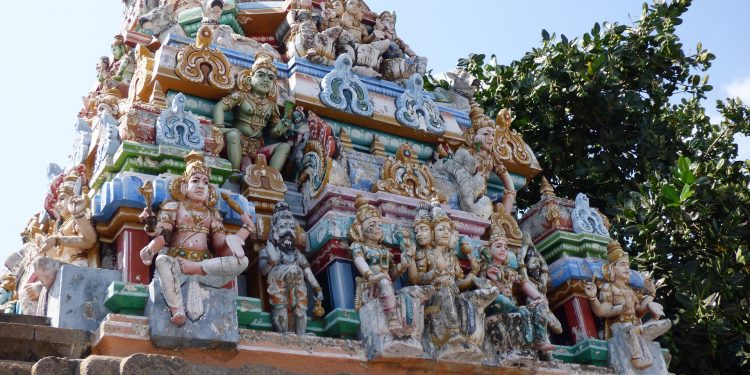UNESCO Creative City Chennai: Need For Inclusiveness

Introduction
Last month, UNESCO announced the inclusion of Chennai in its creative city network, for its vibrant music culture. This round of inclusion involved 64 cities from 44 countries, to foster innovation and creativity. UNESCO creative city Network aims to recognize and encourage sustainable urban culture based on seven fields of creativity namely, gastronomy, music, crafts and folk art, media arts, design, film, and literature.
In 2015, Jaipur for crafts and folk arts, and Varanasi for music were included in the Creative City Network, along with 47 other cities. Now, the list consists of 180 cities from 72 countries, all forming a network of urban centers promoting cultural vibrancy.
Well-Deserved Recognition
Chennai’s inclusion brought a sense of pride and celebration to the city’s residents. They believe it is a well-earned recognition, given the city’s lasting music tradition that predates India’s Independence. The city’s annual Carnatic music festival has been in the urban scene since 1929. This music extravaganza involves more than 100 Carnatic sabhas( associations), around 1000 artists performing in more than 3000 concerts.
The sabhas make use of an innovative sponsorship model with a blend a small and big donors to foster young talents and manage the concerts. These sabhas conduct international Carnatic music festivals in Australia, North America, South Africa too.
Though Carnatic music is the most visible form of music here, Chennai’s culture includes other music traditions such as Gaana, Tamil rock, rap and the prevalent film music. Other pocketed music forms based on caste and class line include Villupattu, Paraiaattam,etc..
The rock genre is becoming more popular among the urban youth. With the proliferation of pubs and restaurants, the cultural space for rock bands is expanding. There are more live performances from international artists too. Audiences have become more receptive to original compositions from small rock bands and are open to live performances with a personal touch.
Still, Miles To Go
There has been a well-founded criticism from various quarters regarding the exclusive nature of the Carnatic music scene. It is mostly made up of rich patrons and upper caste audiences and artists. T.M.Krishna, a leading Brahmin vocalist has been vociferous about the need to take Carnatic music to the common folks. He has also collaborated with other like-minded people in the process.
Progressive elements of the music culture have taken initiatives to ensure inclusivity and celebrate all the constituents and genres of music. Urur-Olcott Kuppam Vizha is one such festival that takes Carnatic music to common folks in fishing villages and gives out multi-genre performances. Transgender artists are also getting their voices heard, with help of progressive initiatives.
Music as a culture has the potential to be the agent of positive social change. The Creative city network’s aim is to recognize the social purpose of art, which is sustaining and encouraging social inclusivity and cultural vibrancy. Hence, this recognition accords Chennai the responsibility to keep up the momentum and continue the process of inclusiveness and innovation in its music culture.



